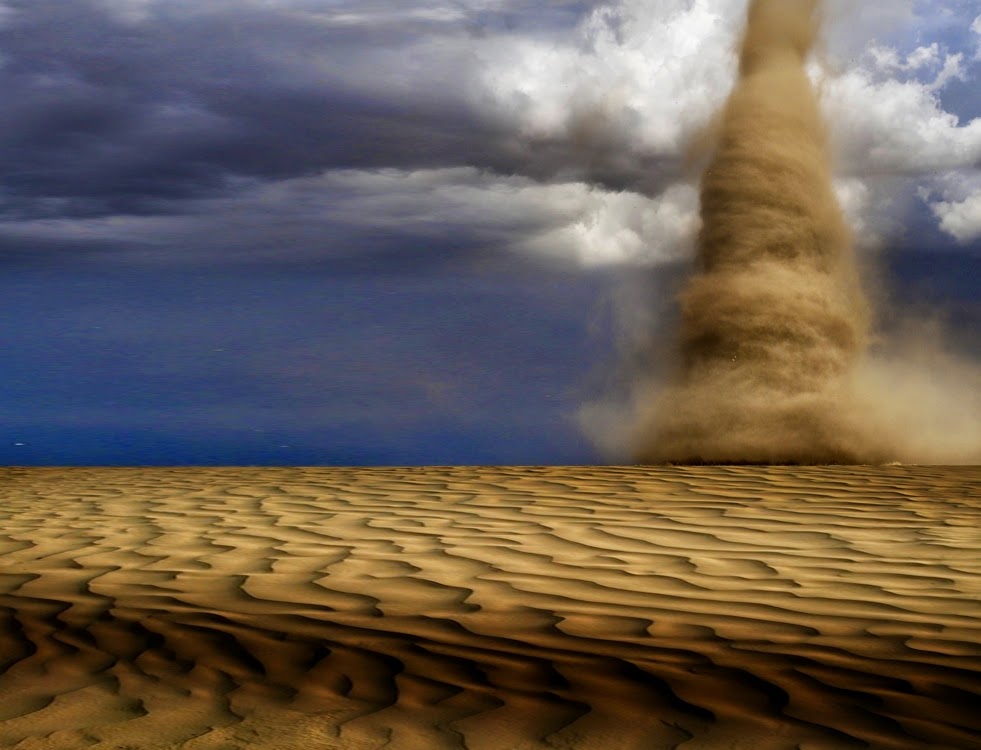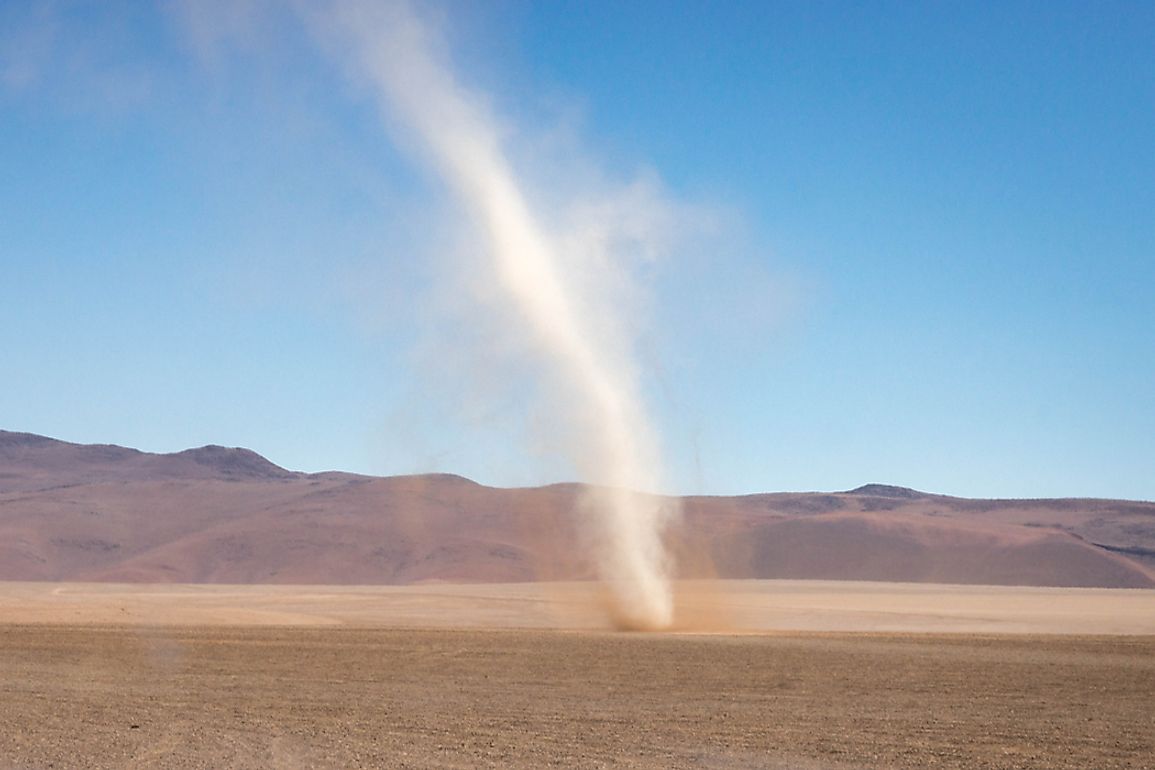Understanding Dust Devils and Skydiving: Skydiving Accident Dust Devil

Dust devils are a common sight in arid and semi-arid regions, often appearing as swirling columns of dust and debris. While they can be a fascinating natural phenomenon, they can also pose a risk to skydivers, particularly during landing.
Dust Devil Formation
Dust devils form when warm, dry air near the ground is heated unevenly. This uneven heating creates pockets of rising air, which can start to rotate due to wind shear or other atmospheric conditions. As the rising air column gains momentum, it draws in more air and dust, forming the characteristic swirling vortex.
Dust devils typically range in size from a few feet to several hundred feet tall, and their speed can vary from a few miles per hour to over 30 miles per hour. They usually last for only a few minutes, but some can persist for longer periods.
Weather Conditions Favoring Dust Devil Formation
Dust devils are most likely to form under specific weather conditions:
- Clear skies: Intense sunlight is needed to heat the ground surface.
- Light winds: A gentle breeze helps initiate rotation, but strong winds can disrupt the formation.
- Dry ground: Dry, loose soil or sand is easily lifted by the rising air.
- Uneven heating: Areas with varying surface temperatures, such as roads or fields, can create thermal updrafts.
Dust Devil Risks During Skydiving, Skydiving accident dust devil
While skydiving hazards like strong winds or thunderstorms are more widely recognized, dust devils can also pose a significant threat.
- Turbulence: The swirling motion of a dust devil can create sudden and unpredictable turbulence, which can disrupt a skydiver’s descent and make landing difficult.
- Equipment Damage: Strong winds and debris within a dust devil can potentially damage a skydiver’s parachute or other equipment, compromising their safety.
- Visibility Reduction: The dust and debris kicked up by a dust devil can significantly reduce visibility, making it challenging for skydivers to navigate and land safely.
Examples of Dust Devil Impact on Skydivers
There have been documented cases of skydivers encountering dust devils during their descents. In some instances, the turbulence created by the dust devil has caused the skydiver to spin uncontrollably, making landing difficult and potentially dangerous. Other cases have involved dust devils kicking up debris that damaged parachutes or other equipment, requiring emergency procedures.
Skydiving Accidents Involving Dust Devils

While skydiving is generally considered a safe activity, the unpredictable nature of weather conditions, including dust devils, can pose significant risks. Dust devils are swirling columns of wind that can form quickly and unpredictably, especially in arid regions. When a skydiver encounters a dust devil during descent, it can lead to serious consequences, potentially affecting their landing and safety.
Real-Life Examples of Skydiving Accidents Involving Dust Devils
Dust devils have been implicated in several skydiving accidents, highlighting the potential dangers they pose. These incidents underscore the importance of awareness and preparedness among skydivers.
- In 2015, a skydiver in Arizona experienced a sudden and powerful dust devil during descent. The swirling wind caught the skydiver’s parachute, causing it to spin uncontrollably. The skydiver sustained minor injuries but was fortunate to land safely.
- A similar incident occurred in Nevada in 2018, where a skydiver encountered a dust devil shortly after exiting the aircraft. The dust devil caused the skydiver’s parachute to malfunction, resulting in a hard landing and a broken leg.
Consequences of Encountering a Dust Devil During Skydiving
Dust devils can have a range of consequences for skydivers, including:
- Injuries: The powerful winds of a dust devil can cause significant injuries, such as broken bones, sprains, and cuts.
- Equipment Malfunction: Dust devils can disrupt the deployment and operation of parachutes, leading to malfunctions and delayed or uncontrolled descents.
- Landing Complications: Dust devils can create unpredictable wind gusts that make landing difficult and potentially dangerous, increasing the risk of off-target landings or collisions with obstacles.
Factors Contributing to Skydiving Accidents Involving Dust Devils
Several factors can contribute to skydiving accidents involving dust devils, including:
- Wind Conditions: The presence of strong winds, particularly in arid regions, can increase the likelihood of dust devil formation.
- Altitude: Dust devils can form at various altitudes, and skydivers may encounter them at any point during their descent.
- Experience Level: Inexperienced skydivers may be less equipped to handle unexpected wind gusts and may be more vulnerable to dust devil-related accidents.
Types of Skydiving Accidents Related to Dust Devils
The severity and outcome of skydiving accidents involving dust devils can vary depending on the circumstances. The following table summarizes different types of accidents and their associated factors:
| Type of Accident | Cause | Severity | Outcome |
|---|---|---|---|
| Parachute Malfunction | Dust devil disrupts parachute deployment or operation. | Minor to severe | Successful landing with minor injuries, or serious injuries requiring medical attention. |
| Uncontrolled Descent | Dust devil creates unpredictable wind gusts, leading to loss of control. | Minor to severe | Off-target landing, collision with obstacles, or serious injuries. |
| Landing Complications | Dust devil creates strong wind gusts near the landing zone. | Minor to severe | Difficult landing, potential for injuries, or off-target landing. |
Skydiving accident dust devil – The unexpected whirl of a dust devil during a skydiving expedition can be a stark reminder of the unpredictable nature of life, just as the daring maneuvers of athletes in the sport climbing combined olympics live showcase the limits of human endurance.
Both scenarios, while seemingly disparate, share a common thread: the courage to confront the unknown and the resilience to navigate the unexpected. Similarly, the dust devil serves as a symbol of the transient nature of our existence, urging us to embrace the present moment with unwavering focus and grace.
A skydiving accident caused by a dust devil can be a stark reminder of the unpredictable forces of nature. Just as the wind can shift in an instant, so too can our own paths in life. Perhaps the unexpected turns we encounter are meant to guide us towards a greater purpose, like the way sport climbing, now a part of the Olympic Games, has become a global phenomenon, as seen in sport climbing combined olympics google.
The thrill of pushing boundaries, the need for unwavering focus, and the humbling embrace of the elements are shared experiences, whether we’re soaring through the sky or scaling a vertical wall. Perhaps the skydiving accident serves as a wake-up call to embrace the unknown, just as the Olympic climbers teach us to rise to any challenge.